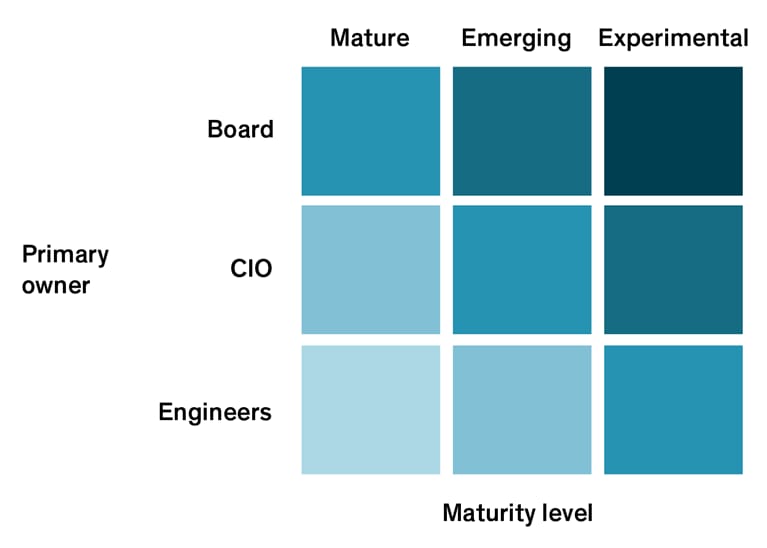We live in an era of technological disruption that is rapidly changing how we live and work. While McKinsey’s Technology Trends Outlook 2023 shows how quickly technology is evolving, leading organizations are also rapidly adopting new and improved ways to better manage technology.
Keeping up with the latest developments is already complex. For boards or CIOs, it is even harder to prioritize which shifts should be implemented today or experimented with to gain a competitive advantage. When the “Manifesto for Agile Software Development” was published in 2001, few expected it to inspire a movement with an impact far beyond IT. Today, organizations routinely employ agile principles at scale. Similarly, the early thinking of engineers and developers about optimizing server utilization has led to a trillion-dollar opportunity in cloud computing just decades later.
To help business and technology leaders navigate the changes that matter, we identified the 42 most important shifts and developments across the three vectors of Tech:Forward, our technology-transformation approach: reimagine technology’s role and strategy, reinvent its delivery, and future-proof its foundation.
We show which shifts are mature and already adopted at scale today, which are emerging and primarily adopted by leaders, and which are still experimental for all or most organizations.
We also suggest who in an organization should be thinking about each of these 42 shifts: the board, when the shift has massive business implications, such as disrupting or enabling new business models; the CIO, when the shift impacts technology strategy; or the engineers, when the shift involves technology implementation.
For each shift, we include a matrix showing the shift’s relative impact, from lighter blue (lower impact) to darker blue (higher impact), based on the shift’s maturity level and its primary owner.

Of course, each organization needs to set priorities based on its industry’s landscape and its own competitive positioning, appetite for experimentation, and ability to execute (based in part on technology talent). But viewed holistically, these 42 shifts are the ones with the potential to significantly change how business and IT operate and leverage technology—today and for the foreseeable future.